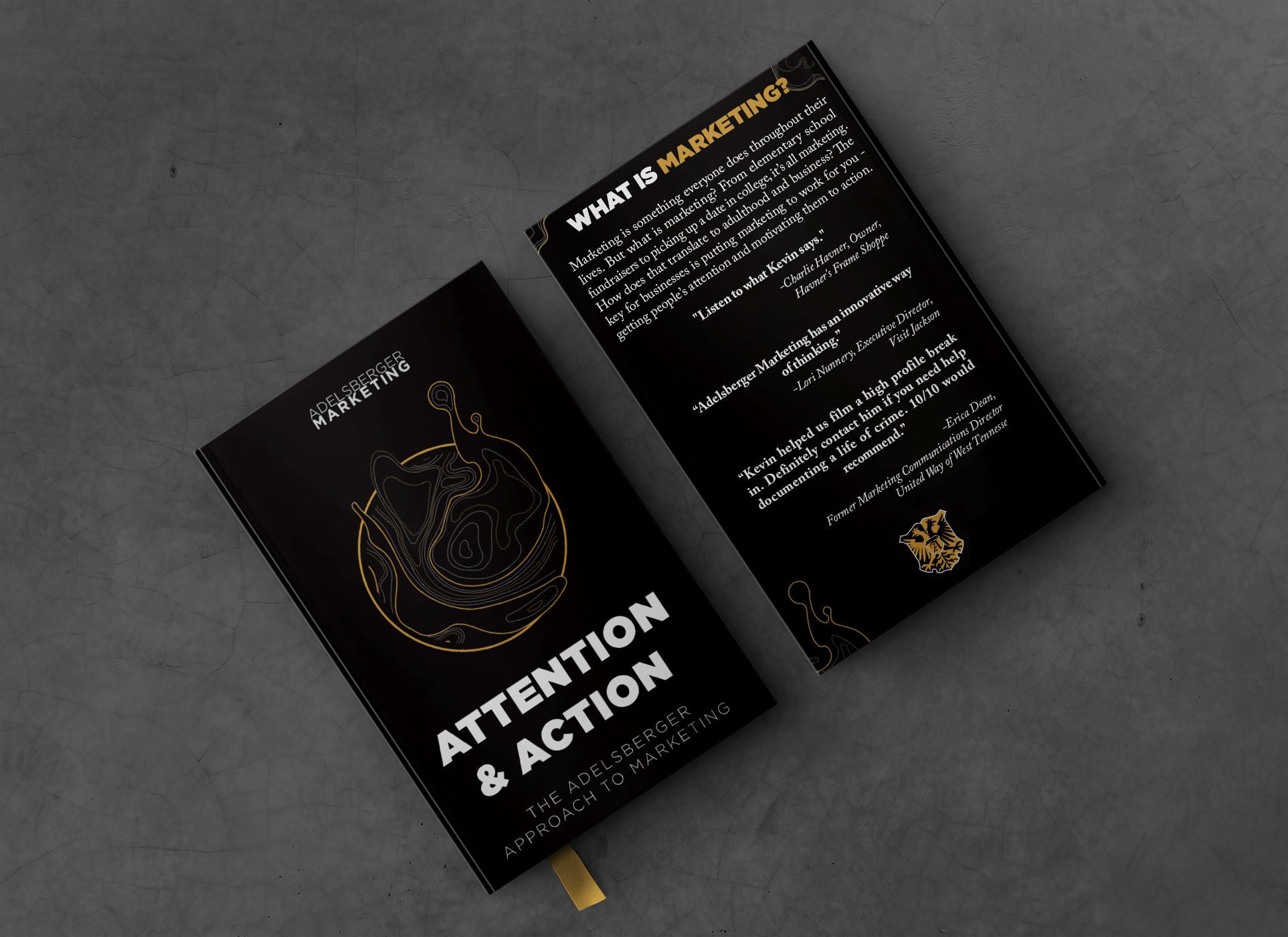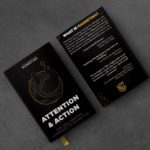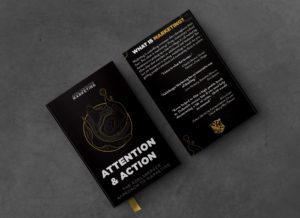
Branding (Logo, Fonts, Colors)
Branding is a fundamental part of any business and every company should have a good logo as part of the brand. Branding is a term that has a lot of different meanings depending on who you talk to; so we are going to define it. A brand is all the ways your company is represented to the world. Branding is the use of your logo and the imagery/materials that go with it. There are three key parts to branding: Logo, Fonts, and Colors.
- Logo- The masthead of your company, the sign that, when used properly, people in your community will know over time and instantly connect with your company. A good logo can help raise the value of your company and raise the expectations of your service, which can allow you to charge more. A good logo should be memorable, work in one color, and work in all sizes. Will it look good both on letterhead and also on a billboard? Now we even need to think about how the logo will look when it’s tiny on your phone. Think about the Favicon, the icon a website puts in your web browser’s tab to represent your website, will your branding work there? Think about where you will need to use the logo. Different mediums and uses may affect the design of the logo. A good logo will also not require updating every few years, so it’s worth investing in to get a good one made.
- Fonts- To achieve consistency in use across design applications, certain fonts should be used repeatedly. For our company, the Gotham font makes a lot of appearances. Within fonts, there are sometimes different weights that make differentiating information much easier. Oftentimes, when a legitimate design company delivers a logo project, they will also deliver a family of logos and a guide on how to use them. Refer to these. If you do not have one, develop a guide of fonts to use. These do not have to be the same fonts as in the logo, but sometimes they will be. Be sure to include the use of fonts for special occasions.
- Colors- Like fonts, colors are something that should be used consistently across the branding of a company. If your primary colors are red and blue, hot pink will have a hard time working its way into marketing. But if your company’s only color is Pink, like Lemonade Insurance or T-Mobile, you are going to see it in almost every element of their branding. Colors are more noticeable to the average consumer than fonts. It is important to be consistent over time. A good design company will provide you a family of colors to use when creating a logo.
- Brand Identity Guide: All of these elements should be delivered to you in a branding identity guide and kit. We make sure our clients have all the logo files they need to use the logo without us, whether we were to get hit by a bus or they decided they didn’t like us anymore. The brand guide should contain information on: Logo types, color schemes, font names, colors, color values, and potentially things like messaging and terminology.
- Vector vs Raster: If you are reading this and are not a designer, you need to know the difference between a Vector and a Raster file. We run into this all the time: We ask clients for a logo file and they send us a .jpeg. There are few things that make a designer want to pull the hair out of their head faster. A raster file is a static image file that does not scale. It’s almost like it’s printed on paper. If you stretch the paper, it will rip. In digital terms, it will pixelate and look horrible. A vector file is an image file that uses math to keep all the elements in proper proportion to each other. If you stretch it, it will expand and look great. A vector graphic usually comes with the following file formats: .svg, .eps, .ai and sometimes they are saved in .pdf. Rasters have their place. But do all designers a favor and learn where your vectors are saved and send those to people. We suggest you save them in a Google Drive or Dropbox folder that has your logo kit in it so that you can quickly send a link to any vendor.
This blog post is a portion of Attention and Action. The book walks you through the marketing process that Adelsberger Marketing follows with its clients. You can read this book for free as a blog on the Adelsberger Marketing website or purchase on Amazon.com.


